(925 products available)




















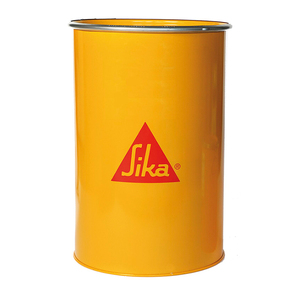
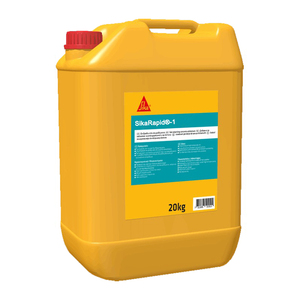


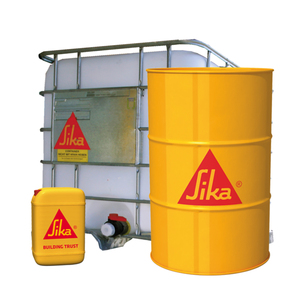



















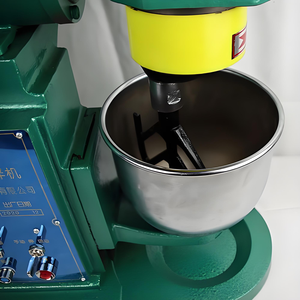


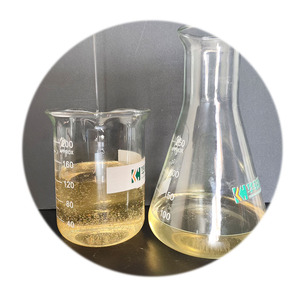











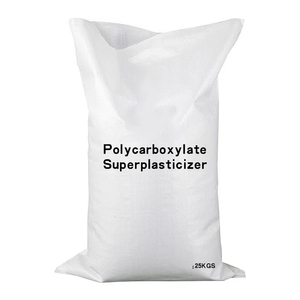





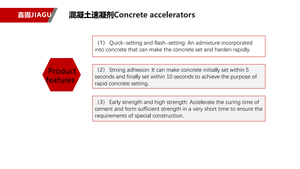





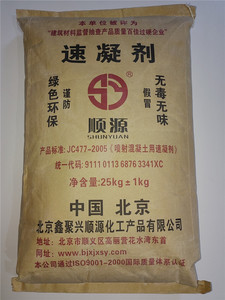









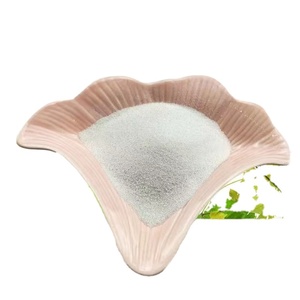

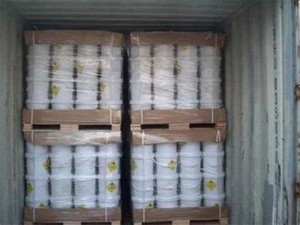




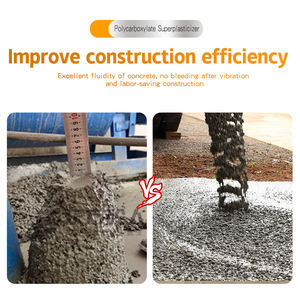
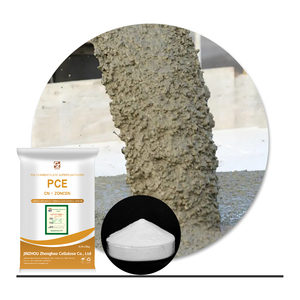



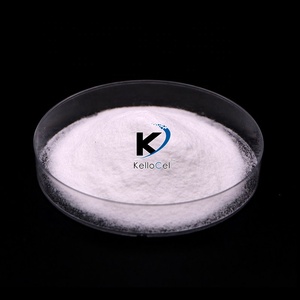


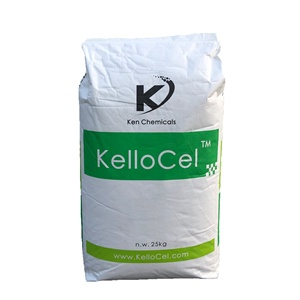



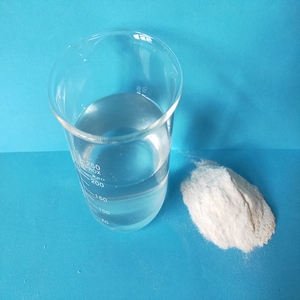



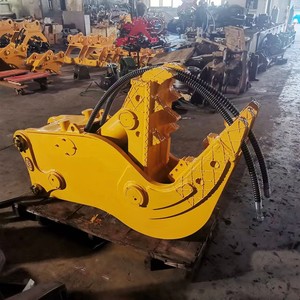


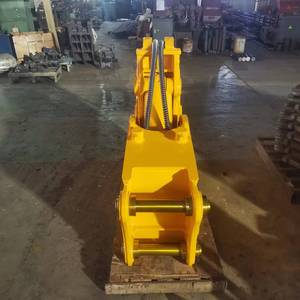







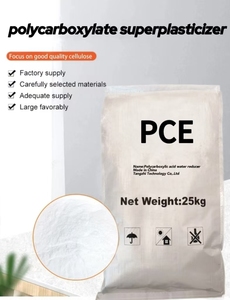





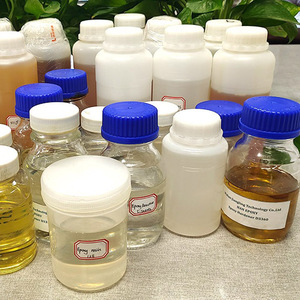

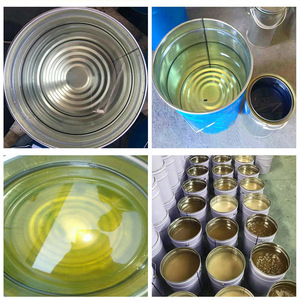




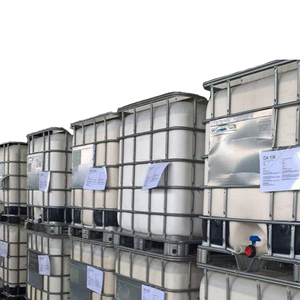

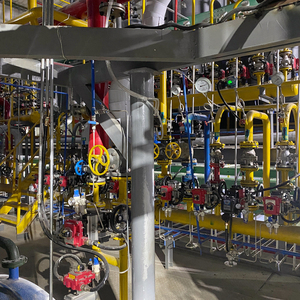







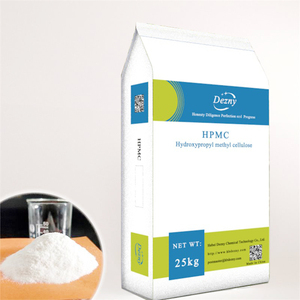
















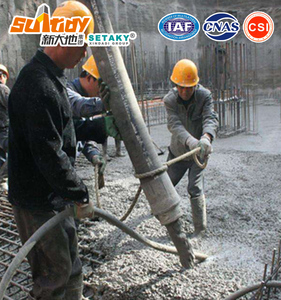






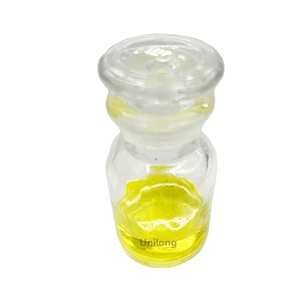








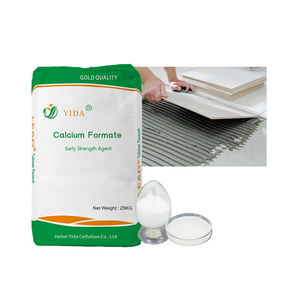
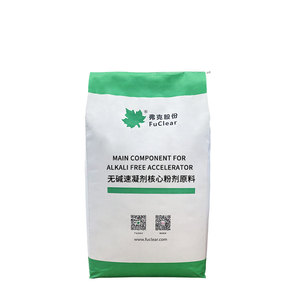

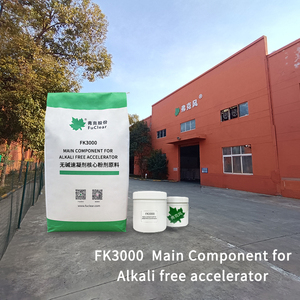


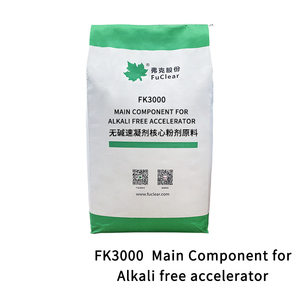








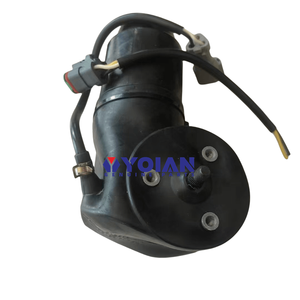
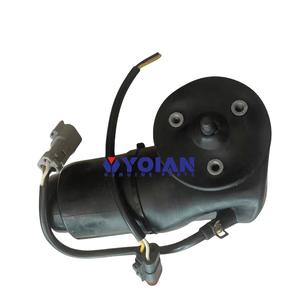


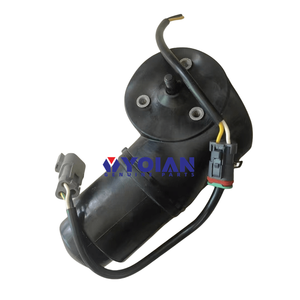
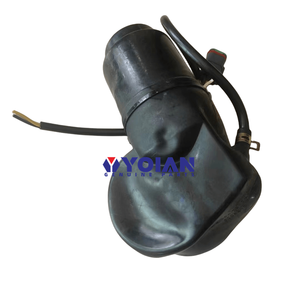


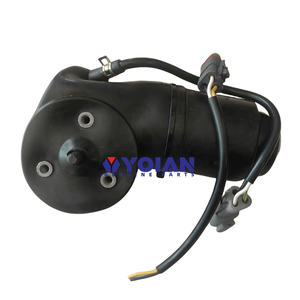

There are several types of accelerator for concrete available, each with unique characteristics and applications. Here are some common types:
Calcium-based accelerators
Calcium-based accelerators are the most commonly used type of accelerator for concrete. They are popular because they are cost-effective and easy to use. These accelerators increase the concrete's initial set and compressive strength without significantly affecting its durability.
There are several types of calcium-based accelerators. Calcium chloride is among the widely used concrete curing accelerive agents. It is a cost-effective concrete accelerator and can be used in various applications. The calcium chloride concrete accelerator improves the initial setting time and compressive strength of concrete.
Non-chloride calcium accelerators: These accelerators provide a balance between strength development and durability. They are suitable for applications where the use of chlorides is restricted. Examples include calcium nitrate and lithium-based accelerators.
Sodium-based accelerators
Sodium-based accelerators are primarily used in applications where rapid strength development is required. For example, they are used in precast concrete production. They are also used in emergency repair works. An example of a sodium-based accelerator is sodium nitrate.
Non-chloride accelerators
Non-chloride accelerators are designed to accelerate the hydration of cement without introducing chlorides into the mix. They are particularly useful in applications where the prevention of corrosion is critical. For example, in marine environments. Additionally, they can be used in structures that contain reinforcement steel. Examples of non-chloride accelerators include triethanolamine (TEA) and proprietary admixtures.
Accelerators for alkali-activated materials
This accelerator is specifically designed for use with alkali-activated materials such as geopolymers. They help in increasing the rate of strength development by optimizing the activation process. An example of this accelerator is sodium silicate.
Maturity method-based accelerators
These accelerators are formulated based on the maturity method. This method involves assessing the temperature and time history of concrete to estimate its strength. The accelerators are added to the concrete mix to optimize its strength development based on the calculated maturity. This method allows for a more tailored approach to concrete curing and is especially useful in large-scale construction projects.
Enhanced Strength and Durability
Accelerators are added to concrete mixes to increase the early-age strength development, especially in cold weather. Calcium chloride accelerators, non-chloride accelerators, and others increase concrete's compressive and flexural strength at young ages.
Reduced Setting Time
Accelerators lower the setting time of concrete, allowing it to cure and harden rapidly. For instance, calcium chloride admixture can reduce initial and final setting times by 1-3 hours in a temperature range of 5-10 degrees Celsius.
Improved Workability
Some accelerators improve the workability of fresh concrete, making it easier to place and finish. This is particularly beneficial when working with high-strength concrete mixes that require a dense consistency.
Increased Resistance to Freezing and Thawing
Concrete accelerators improve concrete strength at young ages, enabling construction in cold weather. It also helps create structures resistant to freezing and thawing cycles, which is essential for pavements and concrete slabs exposed to cold temperatures.
Reduced Permeability
Accelerated concrete achieves lower permeability, enhancing durability and long-term performance. Low-permeable concrete minimizes the ingress of water, chloride ions, and other aggressive substances, protecting embedded steel reinforcement and extending the structure's lifespan.
Improved Surface Finish
Using accelerators can lead to better surface finishes, reducing imperfections and improving aesthetics. Rapid setting accelerators allow for early finishing operations, such as troweling, to achieve the desired surface texture and smoothness.
Convenience and Time-Saving
Concrete accelerator provides a practical and time-saving solution for projects with tight deadlines or time-sensitive construction schedules. By significantly reducing the time required for concrete to reach sufficient strength, construction activities can proceed more efficiently.
Versatility
Concrete accelerators are versatile and can be used in various construction applications, including foundations, slabs-on-grade, pavements, and precast concrete elements. They are suitable for different types of cementitious materials and project requirements.
Accelerators can be used in different scenarios. These include:
Choosing the right concrete accelerator depends on various factors. First, consider the project requirements. Determine the desired setting time, strength requirements, and environmental conditions. This will help identify whether a calcium-based, non-chloride, or accelerating admixture is suitable for the project.
Next, evaluate the climate conditions during construction. If the project is in a cold climate, a non-chloride accelerator can help achieve early strength. On the other hand, if the project is in a hot climate, a calcium-based accelerator can help reduce water-cement separation and improve workability.
Also, consider the concrete mix design. Some accelerators work better with specific mix designs, such as high-performance or self-compacting concrete. Consult with a concrete expert to determine the best accelerator for the mix design.
Finally, consider the cost and availability of the accelerator. Some accelerators are more cost-effective than others, depending on the project size and complexity. Assess the budget and consult with local suppliers to determine the most accessible and economical accelerator.
By considering these factors, it is possible to choose the right accelerator for concrete and ensure a successful construction project. Remember to consult with concrete experts and follow manufacturer guidelines for optimal results.
Q1: Can an accelerator for concrete be added to already mixed concrete?
A1: No, adding an accelerator to already mixed concrete will not work. The accelerator must be added to the concrete mix before water, cement, and aggregates are mixed.
Q2: Are concrete curing compounds effective?
A2: Yes, concrete curing compounds are effective. They work by forming a continuous film on the surface of the concrete to prevent moisture loss. This ensures optimal concrete curing.
Q3: Can concrete be cured without water?
A3: Yes, concrete can be cured without water. This can be done using curing compounds or concrete curing blankets.
Q4: What happens if concrete accelerator is added too much?
A4: Adding too much accelerator will increase the strength and reduce the workability of the concrete. This will cause issues during pouring and casting.
Q5: Can an accelerator for concrete be added to already mixed concrete?
A5: No, it is not possible to add an accelerator to already mixed concrete. The accelerator needs to be added to the concrete mix before cement and aggregates are mixed.